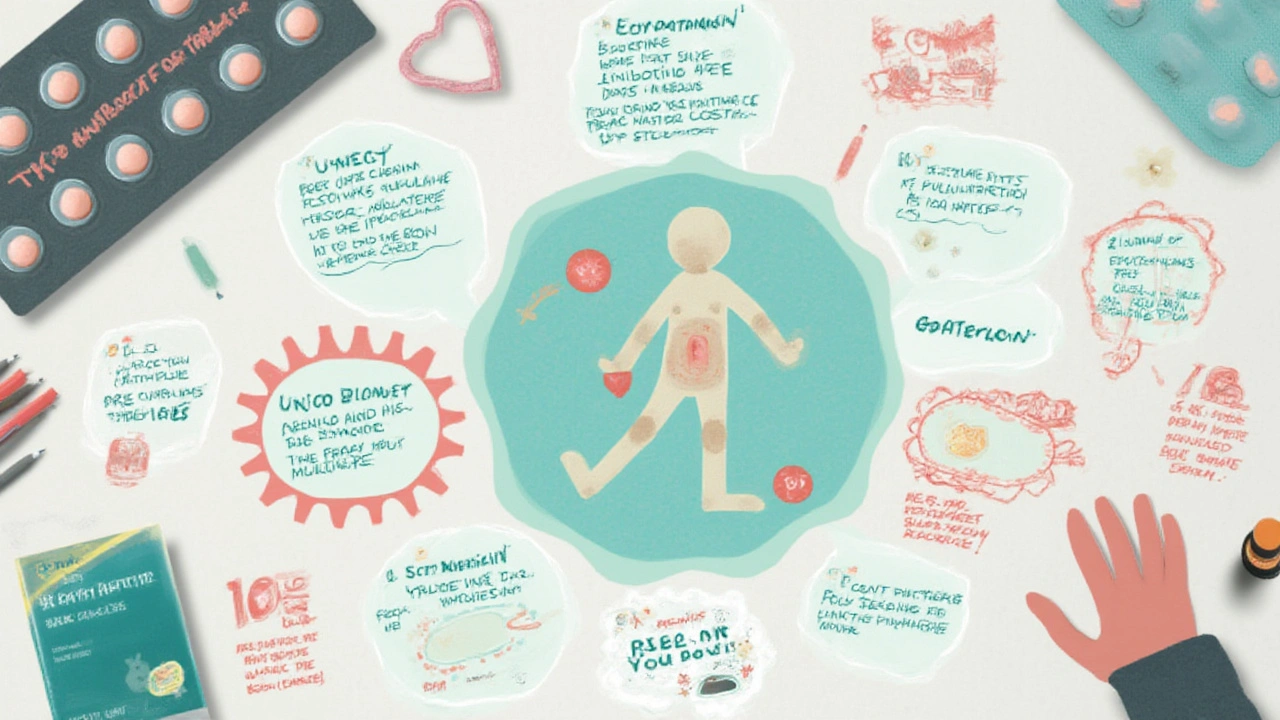Ilosone uses: what this erythromycin antibiotic treats
Ilosone is a brand name for erythromycin, a macrolide antibiotic doctors often choose when penicillin can’t be used or when certain bacteria are suspected. Wondering when you'd get Ilosone? It treats many types of bacterial infections—some lung, skin, ear, throat, and certain stomach infections. It also appears in topical formulas for acne. This page gives a clear, practical look at when Ilosone helps and what you should know before taking it.
Common uses and how it’s given
Ilosone can be written as pills, capsules, liquid for kids, topical gels or creams, and sometimes as an injection in hospitals. Doctors typically prescribe it for:
- Respiratory infections: bronchitis, some cases of pneumonia, and strep throat alternatives
- Skin and soft tissue infections, including acne when used topically
- Ear infections (otitis media)
- Certain sexually transmitted infections and stomach infections caused by susceptible bacteria
Dosage depends on the form, age, weight, and infection type. For example, children get weight-based doses in liquid form; adults usually take a set number of milligrams per dose. Always follow the exact dose and schedule your prescriber gives you—don’t guess or halve doses on your own.
What to watch for: side effects, interactions, and safety tips
Most people tolerate Ilosone fine, but some side effects are common: stomach upset, nausea, diarrhea, and mild rash. If you notice severe belly pain, bloody diarrhea, jaundice (yellowing of skin/eyes), or signs of an allergic reaction—get medical help right away.
Erythromycin can interact with other medicines because it affects liver enzymes that clear many drugs. That means it can raise levels of medicines like certain statins, blood thinners, and some heart rhythm drugs—raising the risk of side effects. Tell your doctor about all prescriptions, OTC meds, and supplements you take, including grapefruit products, which can also change how some drugs act.
Finish the full course even if you feel better—stopping early can let bacteria survive and become resistant. If you’re pregnant, breastfeeding, or have liver disease, mention that before taking Ilosone so your clinician can pick the safest option. Store the medicine exactly as the pharmacy directs; some liquids need refrigeration while others do not.
Quick practical tips: take oral Ilosone with food if your stomach protests, space it evenly through the day, and use a proper measuring spoon for liquids. If a topical product irritates your skin, stop and ask your provider about alternatives.
Questions about Ilosone and your situation? Bring a list of your medicines and recent health history to your clinician so you get safe, specific advice tailored to you.
Get the real story on Ilosone (erythromycin): what it is, how it works, side effects, when to use it, and what to watch for. Everything you need to know, explained simply.
Continue reading...





